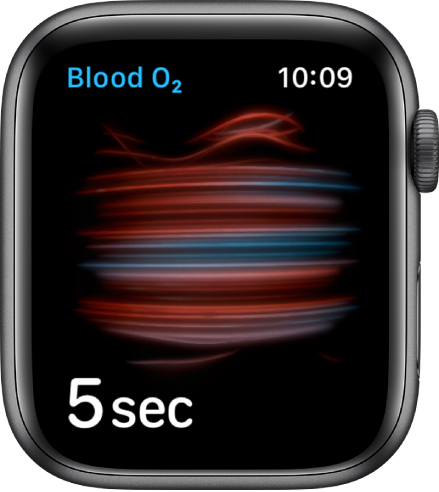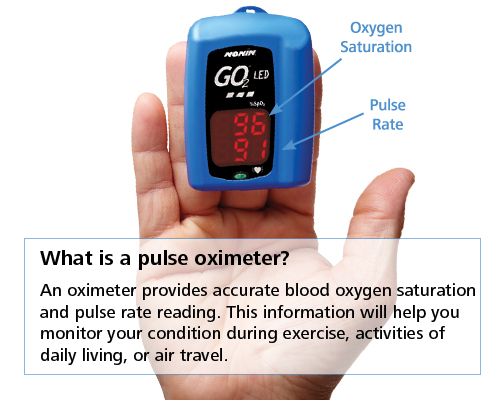NPR’s sites use cookies, similar tracking and storage technologies, and information about the device you use to access our sites (together, “cookies”) to enhance your viewing, listening and user experience, personalize content, personalize messages from NPR’s sponsors, provide social media features, and analyze NPR’s traffic. This information is shared with social media, sponsorship, analytics, and other vendors or service providers. See details.

- A low oxygen level in your blood could lead to low oxygen in your tissues, and, ultimately, organ failure. Pulse oximeters may be useful because blood oxygen saturation levels that start trending.
- Normal oxygen saturation levels are 97%–100%, although many patients that require oxygen at home may be at a lower baseline, ranging from 88%–96%. If you do not have a portable finger pulse oximeter in your home, you can also learn how to assess signs and symptoms of low oxygen levels.

Oxygen Level In Oximeter Low
We recommend measuring regularly over a period of time to establish a base level, and monitor any changes from this level. If you are concerned about your physical condition/health or any changes in your SpO2 level, always consult a healthcare professional for advice and guidance. Jumper Pulse Oximeter JPD-500E Measures oxygen level and pulse rate.
Oxygen And Pulse Levels

Blood Oxygen Meter Finger
You may click on “Your Choices” below to learn about and use cookie management tools to limit use of cookies when you visit NPR’s sites. You can adjust your cookie choices in those tools at any time. If you click “Agree and Continue” below, you acknowledge that your cookie choices in those tools will be respected and that you otherwise agree to the use of cookies on NPR’s sites.
